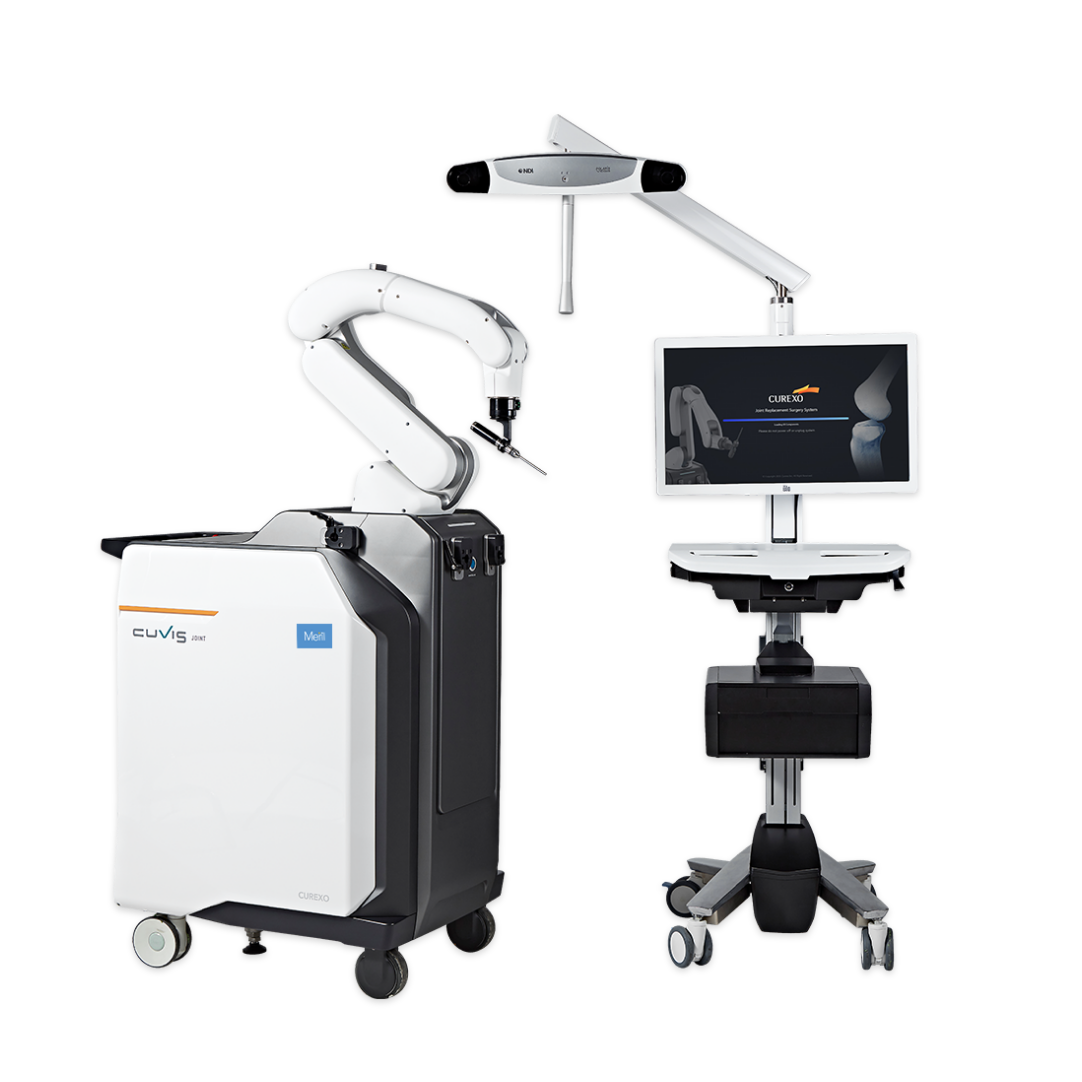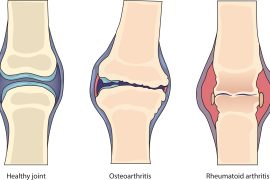Knee Replacement Surgery is a surgical procedure to reverse knee damage caused by a disease or condition such as arthritis. Also known as arthroplasty or total knee replacement, this procedure involves cutting away the damaged bone and cartilage from the lower end of thighbone and an upper end of shinbone and replacing it with an artificial joint made of metal and plastic polymer.
Overview
For those who have severe knee trauma or knee joint conditions, your doctor might suggest a knee replacement surgery as an option to lead a pain-free life. This surgical procedure may be considered for someone with severe arthritis or knee trauma. The goal of knee replacement surgery is to repair the damage caused to the knee joint and relieve the pain when other forms of treatment such as medications do not work.
Knee replacement surgery is a common treatment for Osteoarthritis. When a patient is diagnosed with osteoarthritis, there is a breakdown of joint cartilage. If the cartilage suffers damage, movement becomes restricted and causes immense pain. People with osteoarthritis experience difficulties in performing day-to-day activities such as walking, climbing the stairs, or bending. These activities might strain the knee, causing it to swell or dislocate, as the knee joint is not stable. Another condition that may require knee replacement surgery is Rheumatoid Arthritis. Performed during an advanced stage, Total Knee Replacement has proven to be the most successful procedure that relieves the person from unremitting pain and deformity. With the advancement in science and technology, the medical fraternity has moved from traditional knee replacement surgery to robotic knee replacement surgery. Following is the detailed information on Robotic Knee Replacement Surgery.



What is Robotic Knee Replacement Surgery?
Severe joint conditions such as Arthritis may not have a complete cure yet. But the treatment methods are getting better and the long-term relief factor is improving as well. In traditional knee replacement surgery, the damaged part of the bone is removed and replaced with an artificial joint implant. Robotic knee replacement surgery is not carried out by a robot on its own (a common misconception due to its name). In this procedure, the same process of the traditional knee replacement surgery is carried out, but with the assistance of a robotic arm. This is the ideal treatment for patients suffering from severe knee pain, as the robotic knee replacement surgery offers long-lasting relief with maximum effectiveness.



When can you undergo robotic knee replacement surgery?
If you are eligible to undergo a traditional knee replacement surgery, then you are also eligible for a robotic knee replacement surgery. But, before you go in for the robotic knee replacement surgery, take the opinion of your doctor. For conditions like osteoarthritis and rheumatoid arthritis, your doctor might prescribe other forms of treatment before suggesting the surgery. Depending upon the severity of your condition and pain, they may recommend less invasive methods such as:
- Anti-inflammatory medications
- Pain killers
- Limiting strenuous physical activities
- Weight loss
- Healthy diet
- Physical therapy
- Cortisone injections
- Devices to assist walking (cane/walker)
- Viscosupplementation injection (to make joint movements less painful)
If you do not get relief through these treatments, your doctor will suggest a knee replacement surgery.
How does the robotic knee replacement procedure take place?
As mentioned above, the procedure is assisted by a robotic arm, while the orthopedic surgeon controls it. The traditional method involves the surgeon manually removing the damaged bone and cartilage, replacing it with an artificial joint. However, the robotic arm in this method helps the surgeon in performing knee replacement surgery with utmost precision.
Before the surgery, a CT is taken, through which a 3D model of the patient’s knee is created. This allows the surgeon to be more accurate while planning for the surgery and thus executing it further inside OT. As per the plan approved by surgeon, the robotic arm performs a series of tasks such as bone registration, bone resection, intra-operative monitoring followed by implant positioning. During the surgery, the robotic arm works in a predefined space by the surgeon during 3D pre-planning, ensuring maximum bone cutting precision and safety as the surrounding tissues are not damaged.



What are the benefits of Robotic Knee Replacement Surgery?
Since this technique is quite new, the long-term benefits of robotic knee replacement surgery are yet to be determined. But, the short-term benefits of robotic knee replacement surgery are plenty and quite promising.
Reduced recovery time: In a traditional knee replacement surgery, an average patient won’t be able to resume physical activities such as walking, driving, or any strenuous activity until 4 – 6 weeks. But with robotic knee replacement surgery, this time is reduced by half. This is due to the comparatively lesser invasive nature of this procedure, involving smaller incisions and great precision, which ensures that there is lesser bone trauma and the nearby tissues aren’t damaged.
Fewer complications: Patients who undergo robotic knee replacement surgery tend to have fewer complications as compared to those who undergo traditional knee replacement surgery. The minimally invasive nature of this surgery ensures lower chances of infection, so that the patient does not have to take another trip to the hospital.
Lower joint awareness: After the completion of the knee replacement surgery and the associated resting period, you should be able to go about your daily tasks without any hindrance. But, for many patients, these day-to-day tasks might be difficult as they may trigger Joint awareness in the form of stiffness, numbness, or pain. Improved accuracy of the robotic knee replacement surgery, reduces the possibility of joint awareness and relieves pain.
Even though robotic knee replacement surgery is a relatively new procedure to treat arthritis and knee trauma, it has been proven to give better results as compared to the traditional procedure. According to studies, robotic knee replacement surgery offers more accuracy, and its less invasive nature prevents damage to the surrounding areas resulting in lesser blood loss and faster recovery. But before you zero down on your final treatment option, consult with your doctor/healthcare provider and analyze the pros and cons of this treatment method to see if it is ideal for your condition.





Comments are closed.